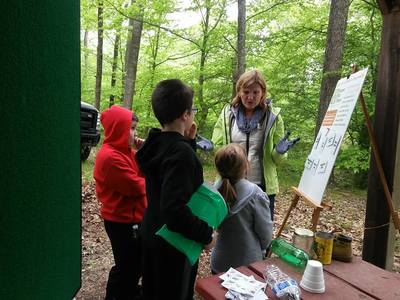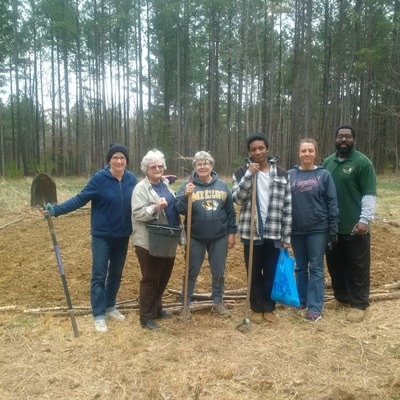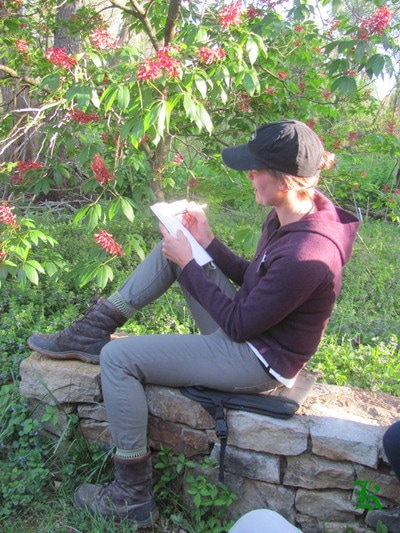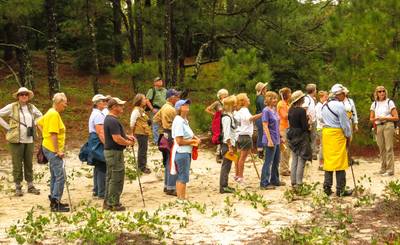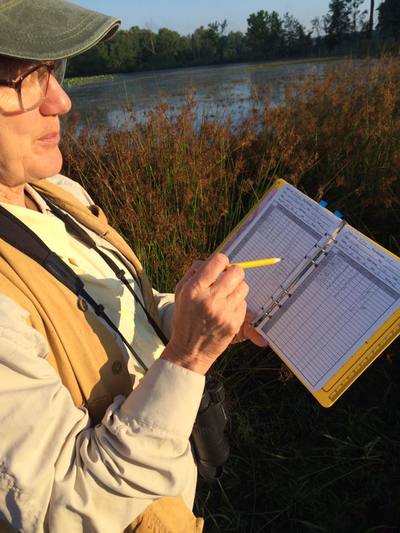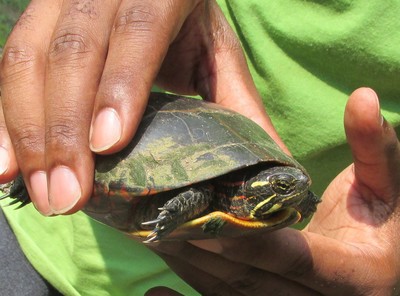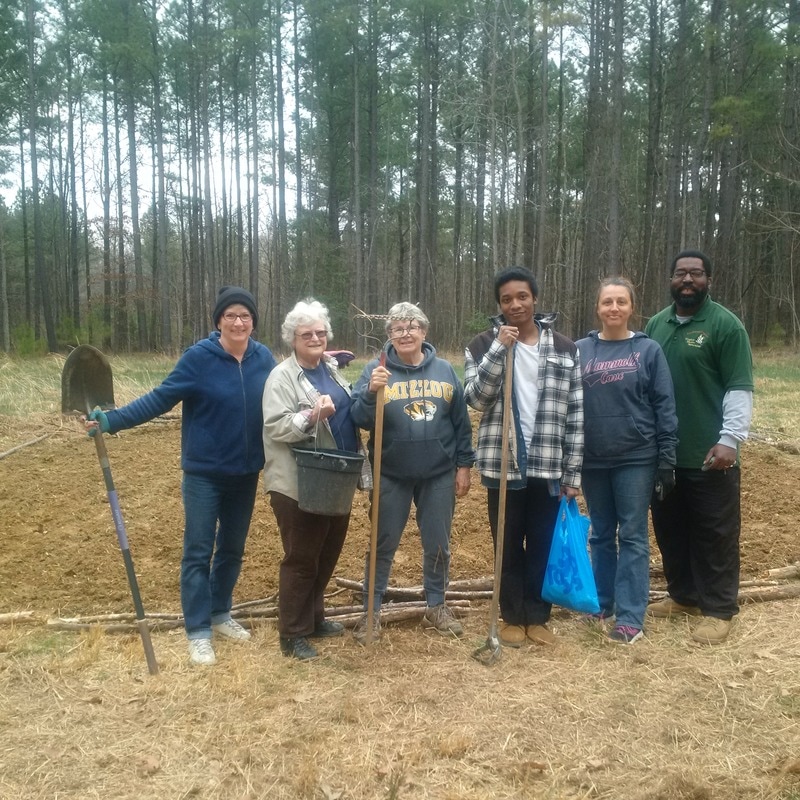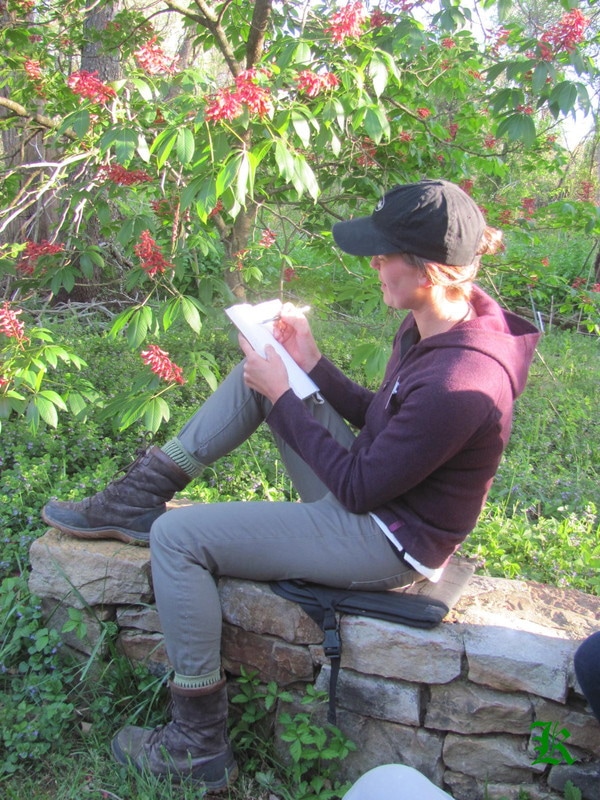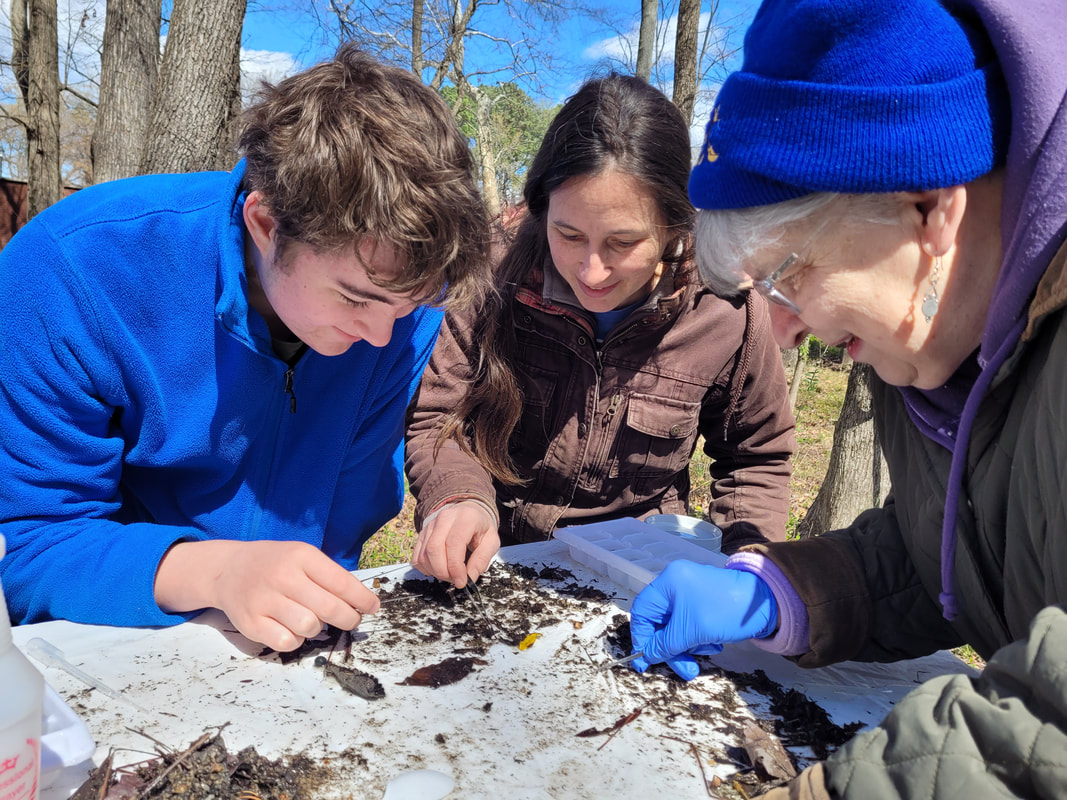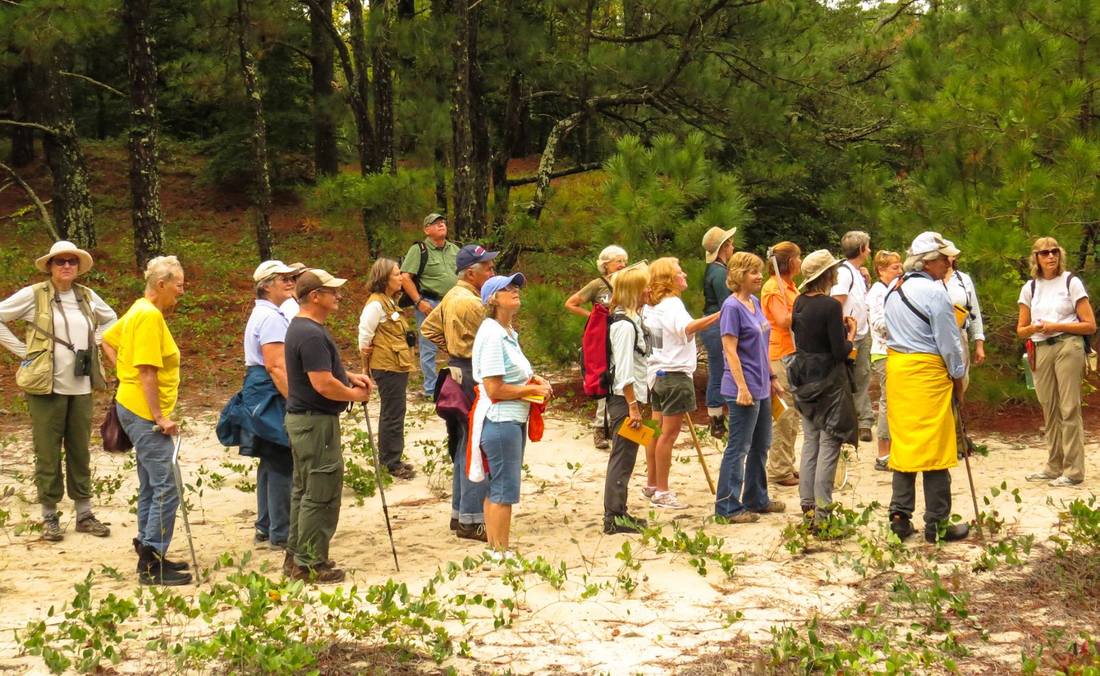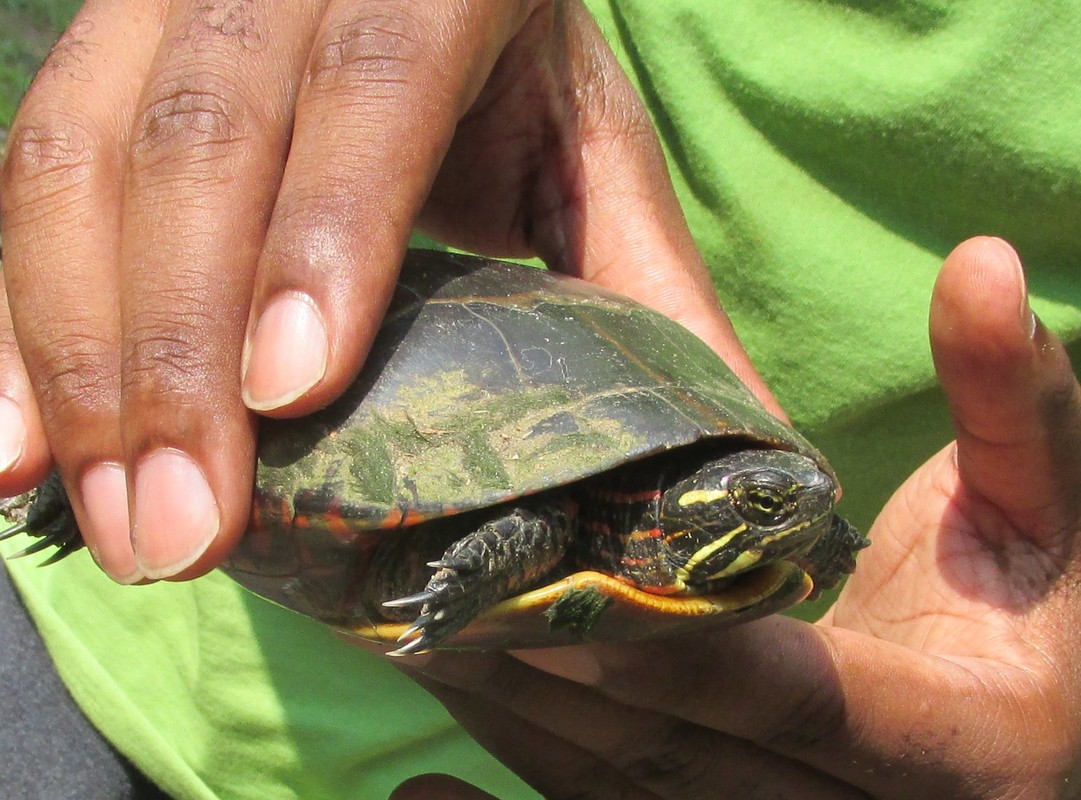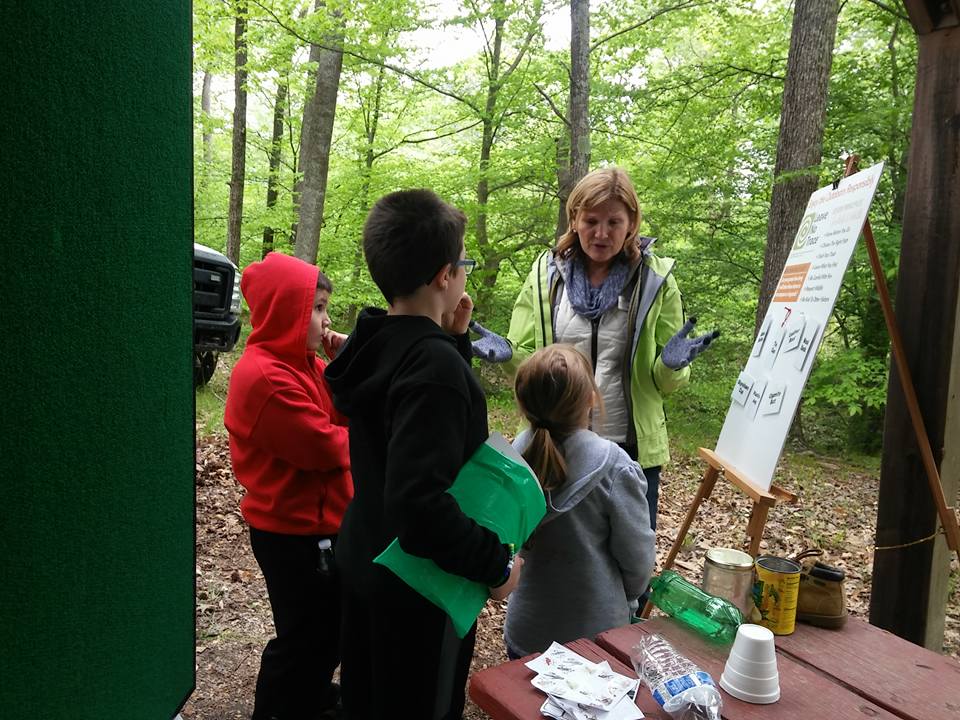
Image by Karen Daniel, VMN-Pocahontas Chapter
|
Learning Objectives
Upon completion of the Virginia Master Naturalist basic training course, participants will understand and/or be able to:
Introductory Information
- What is a VMN volunteer
- The mission and focus of the program
- The chapter-based, state-sponsored structure of the VMN program
- The roles of each of the VMN sponsoring agencies with regard to natural resource management and education
- The pathway for becoming and remaining a Certified Virginia Master Naturalist volunteer
- The types of activities VMN volunteers may do for their service, with local examples of education and outreach, citizen science, stewardship, and chapter administration
- The requirements and responsibilities of VMN volunteers, including expected standards of conduct and other guidelines as presented in the Volunteer Policy Handbook.
Record Keeping Responsibilities
- How to log on to and use the Volunteer Management System (Better Impact) for learning about and signing up for approved activities, entering continuing education and service records, updating the volunteer profile, accessing documents, completing e-learning modules, and completing annual re-enrollment
- The importance, value, and required nature of timely documenting and reporting of activities done while serving in any VMN capacity
- Who to contact for help with the Volunteer Management System, for help finding activities to fit their skills and interests, or for help with other aspects of their volunteer role.
Risk Management Responsibilities
- What risk management is and how it applies to VMN volunteers
- Typical and possible risks associated with VMN volunteer activities
- Factors to consider when planning and preparing for any VMN activity to ensure that it is safe
- What Virginia Cooperative Extension’s liability insurance is and the requirements for coverage
- Importance of documenting activities you do as a VMN volunteer in the Volunteer Management System
- What it means to have duty of care in the context of VMN volunteering
- What to do in the event of an accident or incident
- Special considerations for working with youth, including the “above suspicion” policy, 4-H requirements, and mandatory reporting of suspected abuse
- How to deal with contracts that need to be signed and requests for Certificates of Insurance
- Wildlife laws and permits that may pertain to VMN volunteer activities
- The need to obtain and document landowner/land manager permission before conducting volunteer activities
Civil Rights Responsibilities
- The civil rights responsibilities of all VMN volunteers, and the legal basis for those responsibilities
- Key civil rights terms and concepts that apply to VMN volunteers
- When and how to use the required ADA and non-discrimination statements.
- How to collect and report educational contacts data
- Where to find additional resources related to volunteers’ civil rights responsibilities
Other Information and Skills
- Communicate the mission and goals of the Virginia Master Naturalist program to a person who is not familiar with the program
- Identify the local chapter leaders and know who to contact for questions and other needs.
- Demonstrate ability to log on to the Volunteer Management System and correctly enter volunteer hours.
- Demonstrate ability to identify potential risks of a volunteer activity and take appropriate precautions.
|

